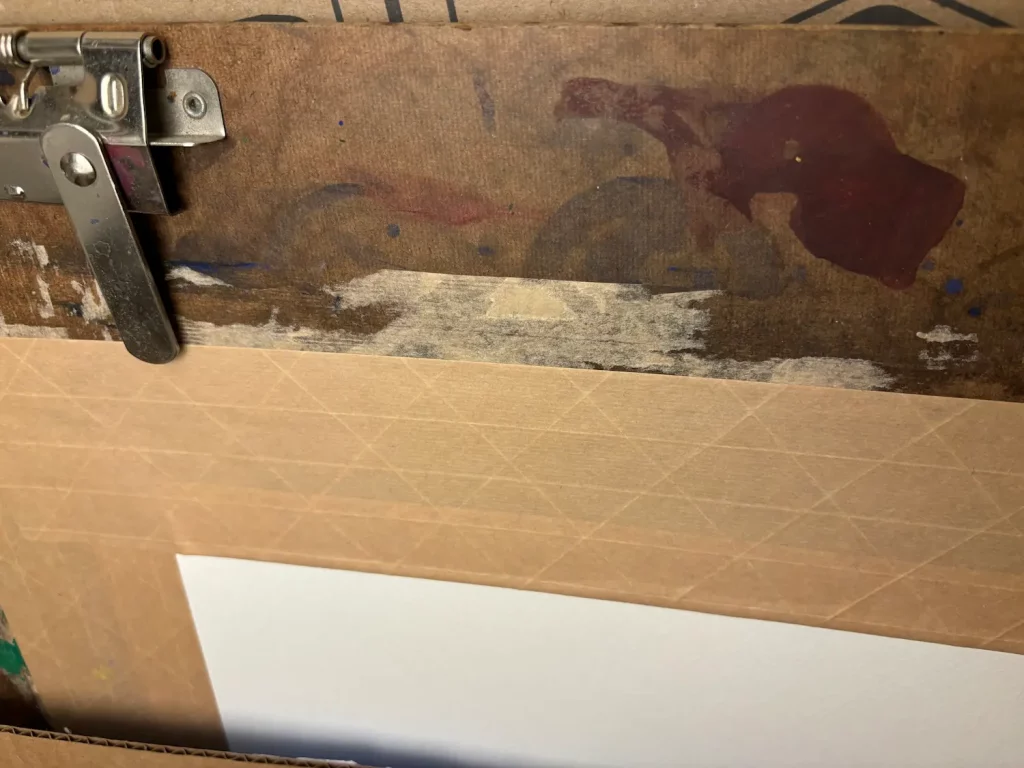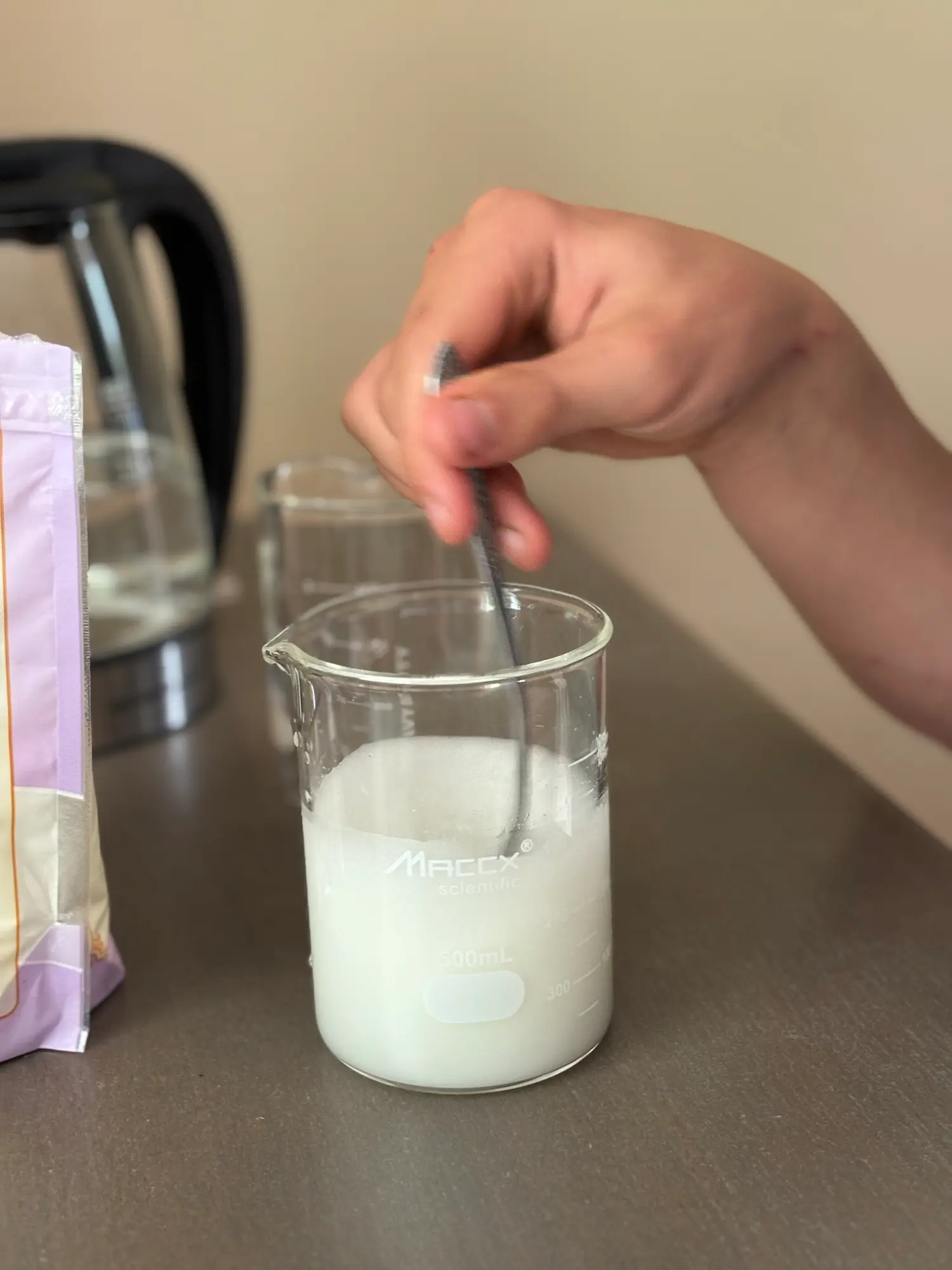People often ask me about how to setup their homeschooling environment, particularly what homeschooling supplies to have on hand. In this post, we’re going to shed light on that to help people new to this wonderful craft.
Drawing and Writing Supplies
For the grades, I would recommend the following supplies for writing and drawing:
Grades 1-3 Supplies
- Block and stick crayons from Filana. These are in quality very close to the Stockmar variety but more affordable. They are likewise beeswax which makes them a great choice for developing the sense of touch.
- Lyra colored pencils (although, wait until third grade to introduce these). They are a large enough grip and point for the developing motor skills of a young student.
- *If you feel it’s important, you can also get the skin-varieties of both the pencils and the crayons. However, in the early years, I personally think it’s better to focus on creating skin tones using the other colors because it’s a great lesson in color blending and it renders the process still more imaginative and less literal. Therefore, I prefer to leave the skin tones until later grades when the students’ perceptions are naturally becoming more literal.
- Large Grip Pencils – I would likewise choose a large grip graphite pencil for the same reasons as the Lyra’s.
- Sketchbooks – People, don’t go to Mercurius and spend the GDP of a small country on main lesson books. It’s a racket! All you need are sketchbooks of decent quality from vendors like Dick Blick. You can get them in different sizes, and larger is better for the younger grades. However, there is no standard and Rudolf Steiner never said anything about main lesson books!
- Liquid Watercolor Paints – Here you may want to splurge and get nice stuff from Mercurius. That said, Winsor and Newton has some good products as well. Paper, Scissors, Stone is another cheaper option. The bigger question is how to mix them.
- Watercolor Paper – This can be a tricky one because you want it to be good enough quality that it doesn’t disintegrate. Here again, Mercurius might be your best bet. I would go with 150 g quality.
- Watercolor Brushes – I would go with Paper, Scissors, Stone here. Start with a 1″ brush for younger grades and you can upgrade later by adding smaller brushes like the 1/2″ brush.
- Watercolor Paint Board – Do not get a plastic or finished wood paint board. I would repeat that a thousand times if I could. Instead, get a board that is clipboard quality. This is what I use. Here’s the reason: if you want to do good watercolor paintings, you’ll need to stretch your painting canvases. I have a video that shows you how to do that below. You’ll also need water activated gum packaging tape to make it work. Make sure also to have some sponges on hand as they help the process.
- Modeling Materials – Generally, it’s recommended to use modeling beeswax and/or plastalina with children until third or fourth grade at the earliest and only then switch to clay. The reason for this has to do with warmth and sense of touch. Cold clay is kind of draining to the energy, whereas beeswax and plastalina have a warmer quality to them. Mercurius is a good source for beeswax, but it’s quite expensive. When you get to third or fourth grade, you can switch to clay. Depending on whether or not you want to fire it, you could start with something simple like Little Loafer’s or stoneware.
These homeschooling supplies for the early grades will lend themselves nicely to setting up your homeschooling environment.
Watercolor Setup Video with Supplies
Below is an image of my paint board. You can see the clipboard-like texture of the wood which is ideal for the water-activated gum packing tape also shown below to stick to it.

Grades 4+ Supplies
Everything from the list above will continue to be useful as you go up the grades. Here are some things you’ll want to add.
- You can now replace your large grip pencil with a regular sized pencil.
- Add woodless colored pencils. They are like combining a crayon with a pencil. Be careful, though, they are very fragile. If they drop, they will break.
- Drawing Charcoal – This will be very helpful starting in sixth grade. For example, we do a lot of this in our Ancient Rome curriculum.
- Chalk Pastels – You’ll want to invest in some decent chalk pastels.
- Skintone Colored Pencils – Now that they’re getting a little older and naturally wanting their art to look a bit more realistic, this is a good time to invest in these.
- Clay Tools – These come in handy bigtime once you start doing more advanced sculpture starting in 5th grade.
- Drawing Compass – You’ll need one of these for geometry in 6th, 7th, and 8th grades.
If you stock your home with the above, you’ll be setup with the right homeschooling supplies to get you started. Of course, you will add more along the way that are tailored to your unique situation. For example, when you do science – which is very involved by the way – you’re going to need a whole new set of supplies. As a side note, we’ve created main lessons for 5-8 grades at Enkindle Academy because it’s a lot to know how to do on your own. However, it is doable for the ambitious.
Further Guidance
Homeschooling is an incredible journey that will transform not only your children but yourselves as well. Getting the right homeschooling supplies is just the first step. It’ll ask you to level up on your inner development. It’ll ask you to explore unconventional ideas that could, quite honestly, save the world. Most importantly, it’ll invite you into studying your children as expressions of child development, asking why we do what we do.
To this end, we are offering a Parent Webinar Series that runs throughout this school year. We will cover pedagogical and child development topics, including the reasons why we use certain homeschooling supplies when we do. You can join at anytime, and even if you join late, you can get access to the recordings. More info can be found here.


Leave a Reply
You must be logged in to post a comment.